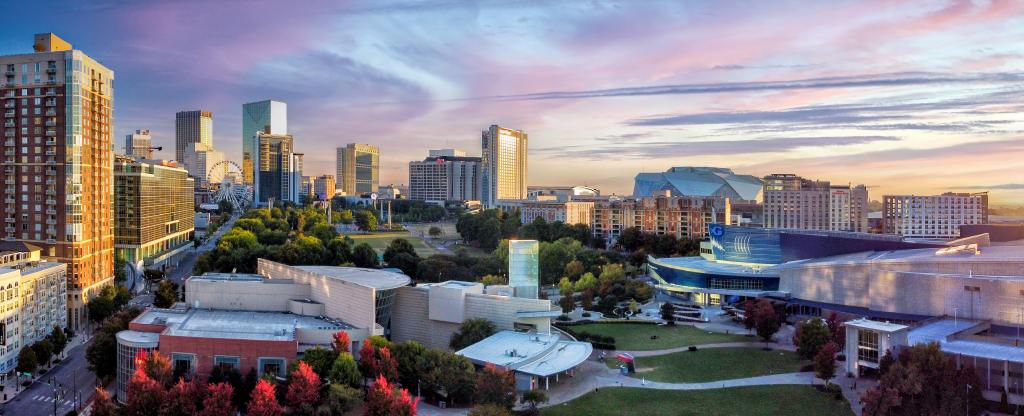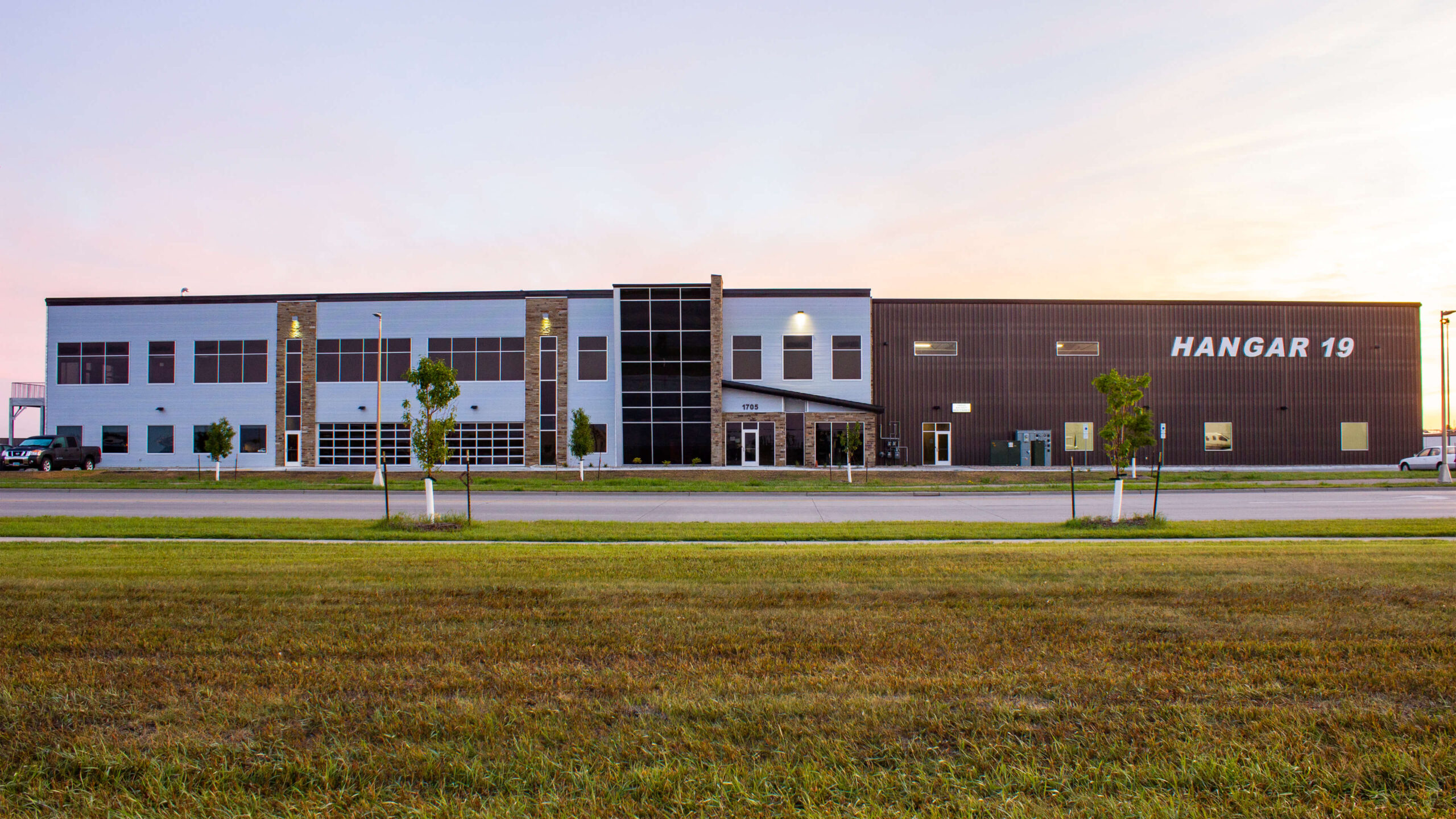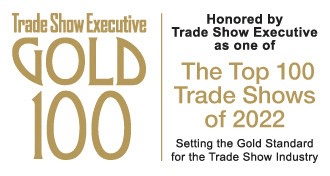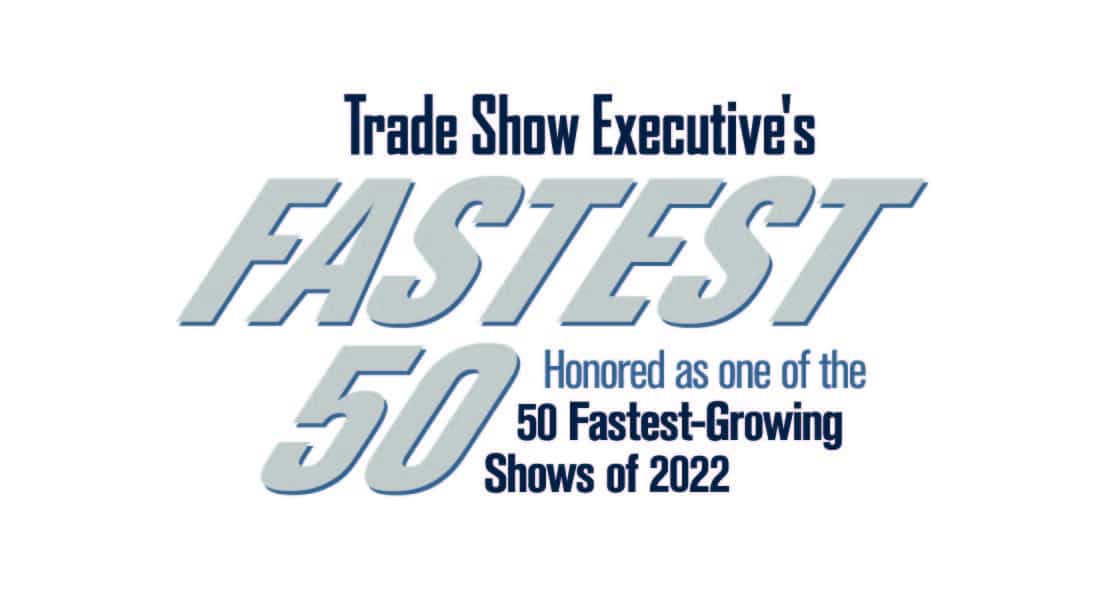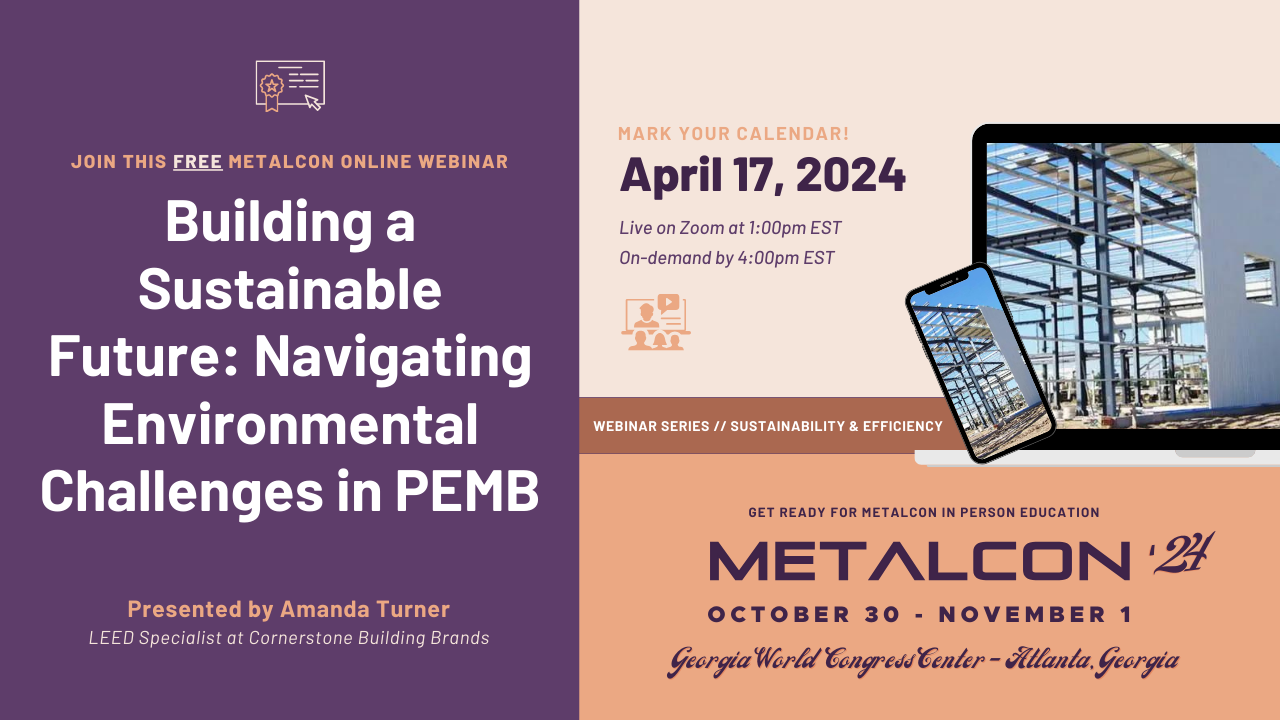
Building a Sustainable Future: Navigating Environmental Challenges in PEMB
Join Dan Garnett as he shares in depth details on how to choose the appropriate sealants and adhesives for use when designing and building metal paneling and metal roofing applications.

